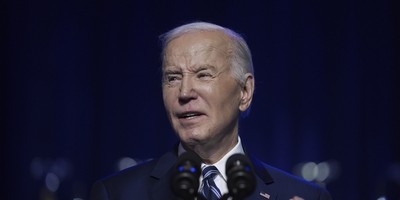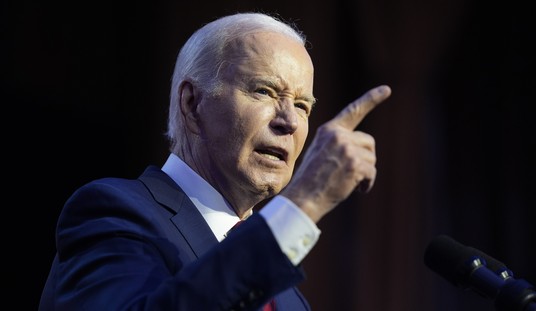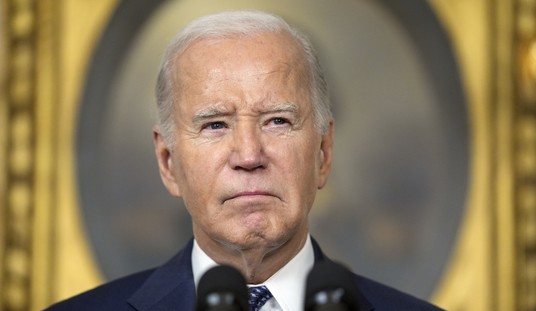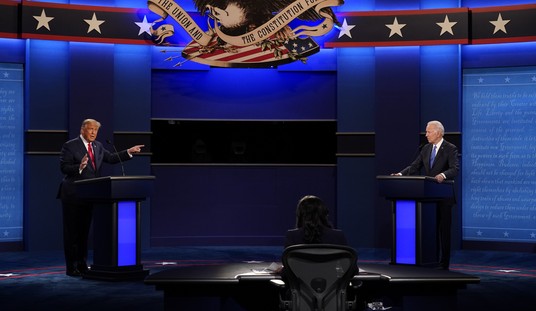Editor's note: This column was authored by Jake Grant.
Last week, President Trump floated bringing back earmarks, something that the House and Senate have banned since 2010. Speaker of the House Paul Ryan has continued this policy through the 115th Congress, but Trump is flirting with the idea in order to help legislation pass. Three continuing resolutions have passed since the fiscal year began in October, reinstituting earmarks may be the political juice necessary to pass an actual budget––which is a problem, but not the biggest one.
Earmarks are a way for Congress to specifically allocate money to certain projects or departments that they feel need funding. They can be added to any piece of legislation and the project is not necessarily related to the bill it’s attached to. Some erroneous examples include at least 129 earmarks costing over $20 million on abstinence education and $10 million on 28 earmarks for peanut research. This created logrolling, a fancy term for trading favors on legislative votes, which increased incentives for members of Congress to vote for legislation that they may not have originally endorsed.
In a recent poll, nearly two-thirds of people support the ban on earmarks and only 12 percent claim to be against it. Earmarks have always been viewed negatively, made famous through the “Bridge to Nowhere”, the fiasco of the $320 million bridge in Alaska connecting the small town of Ketchikan with its airport on the Island of Gravina with a population of 50 people, federal taxpayers bearing the cost through three separate earmarks.
In 2010, before the ban, earmarks constituted only about one-half of a percent of the budget, proving that eliminating them hardly made a difference, but bringing them back creates a perverse incentive. As Nobel Prize winning Economist Milton Friedman put it “Nothing is so permanent as a temporary government program”. These days, legislation usually increases spending, it almost never scales it back. When everyone gets money for their beloved project, massive spending bills pass and fiscal conservatives always lose. Banning earmarks may have stopped a few irresponsible projects from being funded, but in the grand scheme of things, bigger cuts must be made if we want to address spending.
Recommended
Debt is rising due to the growth of mandatory spending programs, not from a couple million dollars in misallocation. The big three spending programs––Social Security, Medicare, and Medicaid––are growing at an unsustainable rate. Since 2000, those three programs have increased almost threefold, going from a total of $700 billion to nearly $2 trillion today.
One argument for why they should be welcomed is in case of an omnibus. For the past few years, Congress has passed either a continuing resolution, an omnibus, or some combination of the two, which funds the federal government in the short term or patches all of the appropriations bills together. But appropriations bills are supposed to be closely examined—the budget must be looked at as a whole and spending concerns must be assessed. When all 12 appropriations bills are crammed into an omnibus, spending is neither negotiated nor trimmed, leaving us in worse fiscal shape.
In fact, the last time every appropriations bill passed on time was back in 1994, signaling that there is a budgetary problem in Washington. Since 1994, federal government spending has skyrocketed with very little congressional oversight. If you examine spending levels of the past three presidents before Trump, their expenditures increase with each subsequent administration.
This is a much bigger problem that needs to be addressed. Earmarks do not represent good politics, but they are only a small sample size of the erroneous spending hemorrhaging out of DC. Some Washington insiders argue that allowing earmarks would ensure that members on both sides of the aisle work together to get legislation passed, instead of merely butting heads and not accomplishing anything. But bringing them back is a move in the wrong direction. Earmarks will result in more spending, not less, which is a lot worse than congressional gridlock. If we are truly honest about cutting spending, banning earmarks will save some money in the short-term, but much more needs to be done to address the bigger, looming issues.
Jake Grant is the Outreach Director for the Coalition to Reduce Spending and an Advocate for Young Voices. He earned his BA in Political Science from San Diego State University in 2016. The views expressed are his own and do not necessarily represent the views of the Coalition to Reduce Spending.

























Join the conversation as a VIP Member